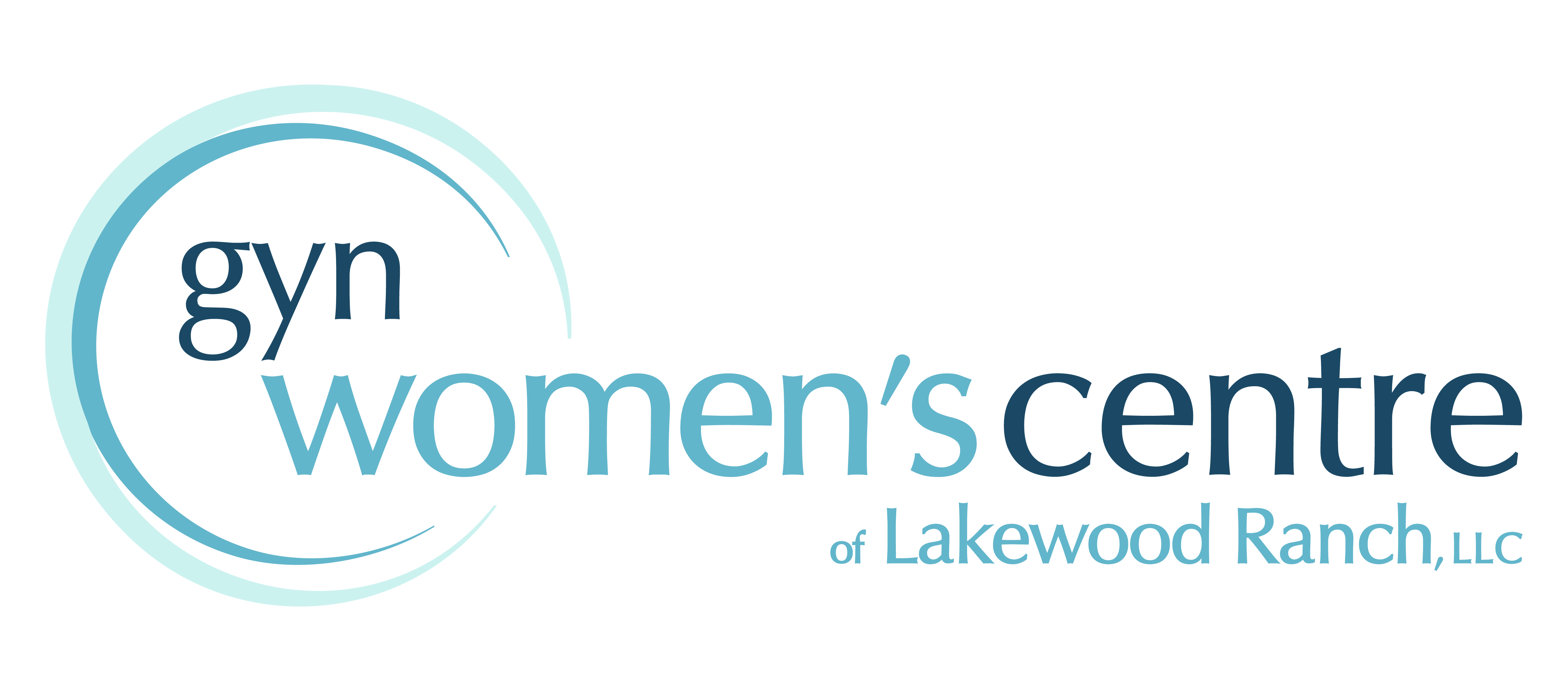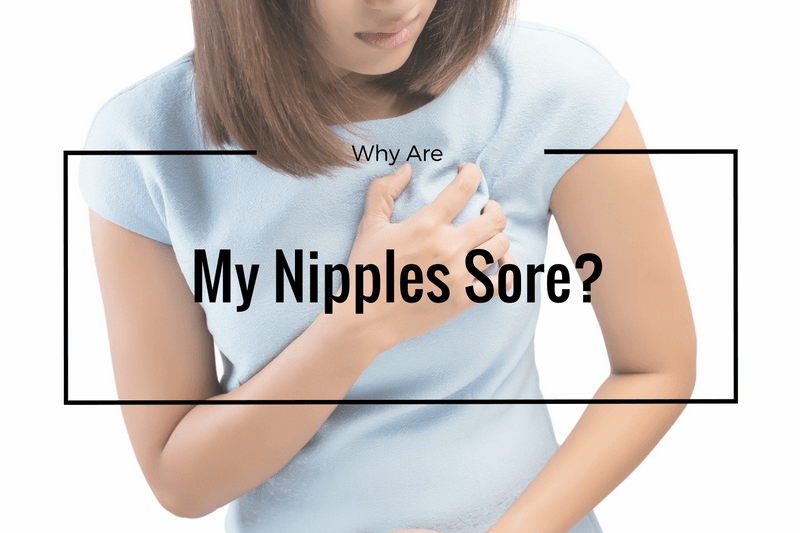Have you been experiencing nipple tenderness? If such symptom is not an ordinary part of your menstrual cycle, you may be wondering what’s going on with your body.
Sore or tender nipples range from unpleasant to straight out painful. And even if your symptoms are on the milder side of the spectrum, they can be worrisome. Below are 10 of the most common causes of nipple tenderness and what you can do about it.
10 Causes of Nipple Pain and How to Remedy
1. Menstrual Cycles
Many women experience sore breasts or nipples during their menstrual cycle. This is because the fluctuation in hormones cause so many changes within the breasts: mammary glands swell, which may also make your breasts feel heavy and dense.
Home Remedy: While the feelings will subside within a couple of days, there are several things you can do to reduce discomfort: limit caffeine, sodium, and alcohol intake and consume nutrient-dense foods, such as spinach, avocados, bananas, and carrots. Wearing a sports bra also provides better support than wearing a regular bra, which helps with the feeling of heaviness.
Check out this diagram from BBC on what your body is doing in your menstrual cycle.
2. Pregnancy
When you become pregnant, your hormones tend to go a little crazy, and the breast tissue is very sensitive to hormones. This is why pregnancy tends to make your breasts and nipples feel fuller and more tender. At around eight weeks of pregnancy, the areolas become bigger, darker, and more sensitive.
Breast tenderness is one of the most common symptoms of pregnancy. In fact, it’s one of the first signs a woman notices right before finding out she’s expecting a baby. This is due to hormones called estrogen and progesterone.
Estrogen helps prime milk-making ducts for breastfeeding, while progesterone forms a thick lining around the uterus and also stimulates the growth of breast tissue. Therefore, tenderness and soreness come with the territory.
That being said, there are certain things you can do to alleviate the discomfort.
How to Treat:
To minimize the pain, try these tips:
- You may want to invest in a soft pregnancy bra.
- Drink plenty of water to flush your body of excess fluids and hormones.
- Apply a warm compress. The heat from the compress can ease the discomfort of the affected area.
- You can massage your sore nipples with olive oil, coconut oil or sweet almond oil. This can help moisturize your nipples and keep them from becoming too dry.
- You can also wrap an ice cube in a cloth and massage that over your sore nipples as well.
According to Mama Natural, here is a sore nipple remedy you can make at home:
Ingredients for Sore Nipples Remedy
- 1 tablespoon raw apple cider vinegar
- 1 cup filtered water
- Squeeze bottle
- Cotton balls
- Coconut oil
- Powdered infant probiotics
Directions
- Mix 1 cup of filtered water with 1 tablespoon of raw apple cider vinegar in a squeeze bottle.
- Squirt on a cotton ball with your vinegar solution and apply to your nipple or areola.
- Then apply a small amount of coconut oil to your breast.
- Make a paste by mixing 1 tablespoon of coconut oil with 1 teaspoon of probiotic powder and apply to nipple and areola.
- You can put a paper towel on your nipple and then put your bra back on to prevent stains.
But there is another cause of tender nipples during pregnancy that is often overlooked. Your breasts get larger when you are pregnant. When this happens, your breasts could become too large for your bra. This increase in size can put pressure on your bra and cause pain and soreness.
In Need of Obstetrics Care?
Call (941) 907-3008 to Schedule your Appointment
3. Sensitive Nipples Breastfeeding
If you are breastfeeding, that is most likely the reason you have sore nipples. Sore nipples do not always occur during breastfeeding, but it is most likely to happen when the baby does not latch on properly.
How to Treat: There are several things you can do to help reduce the pain. Start feeding your baby on the side that is not as sore. When you are done breastfeeding, use your small finger to break the suction of your baby’s month instead of just pulling him back.
4. Mastitis
Mastitis is the medical term for inflammation of the breast tissue due to blocked milk ducts, and it’s common in breastfeeding mothers. The symptoms include tenderness, swelling, and a burning sensation when lactating. The skin may also feel warm to the touch, become bright red, and you may also develop a fever.
How to Treat: To prevent flare-ups, make sure your baby drinks all the milk in one breast before switching him or her to the other one. This will allow the ducts to become fully drained. Also make sure to wear a comfortable bra, since wearing one that’s too tight will aggravate the condition.
A warm damp washcloth applied to the nipple and ibuprofen can help soothe the pain. However, you should see a healthcare provider if the symptoms do not improve in 24 hours.
5. Friction
If you like to work out, you are fully aware that even when you go out there with the best of intentions, friction can cause certain areas of your body to become tender.
How to Treat: If you’re a runner, invest in anti-chafe sports bras and on and sticks and creams to prevent this issue. If you run out of Body Glide or Gold Bond but have a baby around the house, know that using anti-diaper rash ointment works as well.
6. Allergic Reaction
There are several factors that could contribute to allergic reactions on your chest: If you have larger breasts and live in a humid or warm environment, they may be prone to heat rash. This happens when the sweat glands under your girls become blocked.
Other types of rashes in this sensitive area include eczema or psoriasis, both of which cause redness, itching, and a rough texture.
How to Treat: They can be caused by genetics, stress, infection, or vitamin deficiency and can be treated with topical ointments and moisturizers. Also use mild soaps, since these tend to strip away less natural oils from your skin.
7. Infection
Sore nipples could also be a sign of infection. Infections can be caused from breastfeeding, and can also be the result of a weak immune system. Contact your doctor if you are curious about potential breast infections, symptoms or remedies.
8. Fibrocystic Breast Disease
Fibrocystic breast disease is a condition that causes non-cancerous lumps to form on breasts. Their texture is very similar to a rope. While some women don’t experience any symptoms, others experience heightened breast tenderness when they’re premenstrual.
How to Treat: There are several ways to eliminate the pain and discomfort, such as heating pads, taking oral contraceptives, over the counter pain relievers, or by having your doctor drain the liquid from the lumps.
9. Breast Cancer
Ok. We’re starting this section to state that just because you read on the internet that a symptom may be a sign of breast cancer, it doesn’t necessarily mean that you have breast cancer. That being said, if the tenderness and soreness are accompanied by pain, and you’ve noticed lumps in your breasts, it’s essential to seek medical assistance as soon as possible.
To keep your peace of mind, make sure to schedule annual mammograms. After all, early detection is crucial to beat breast cancer if you do have it.
10. Puberty
Being a preteen comes with a long list of new experiences. In addition to dealing with peer pressure, getting periods for the first time, and body image, there’s also all the related physical changes. And when breasts first start to develop, even before a girl notices any changes, she can feel soreness and tenderness around her nipples. It’s also common to feel small lumps around the area as well. These are called breast buds and are perfectly normal during puberty.
How to Treat: If the tenderness and soreness are too uncomfortable, the girl can hold a heating pad on her chest while at home, and wear a sports bra and soft fabrics when at school.
Contact OB-GYN Women’s Centre in Lakewood for Nipple Pain Treatment
At OB-GYN Women’s Centre, we are dedicated to providing comprehensive gynecological services for all women. From puberty to menopause, we are there for you! Call us at (941) 907-3008 and find out how one of our experienced healthcare professionals can help you.



